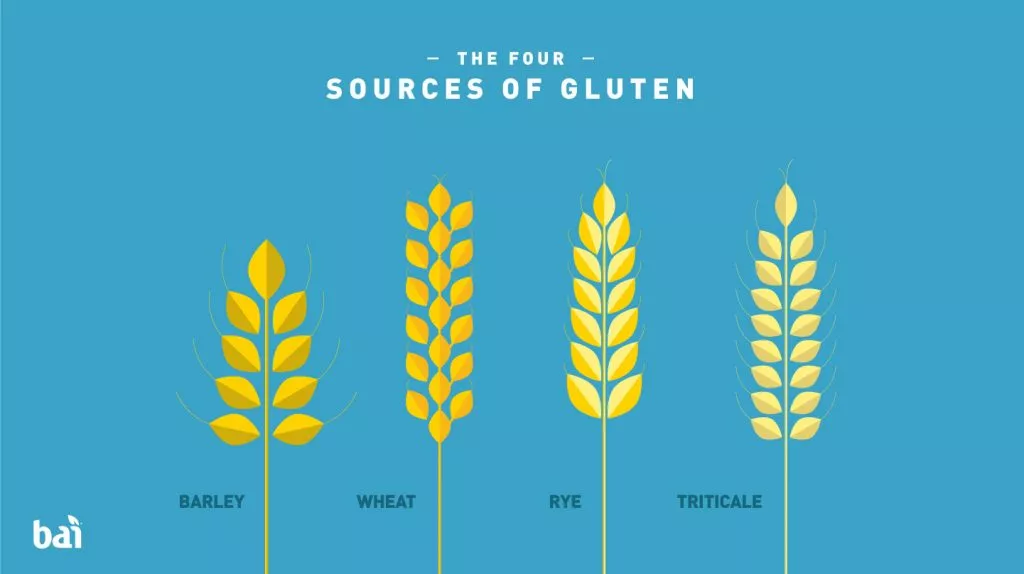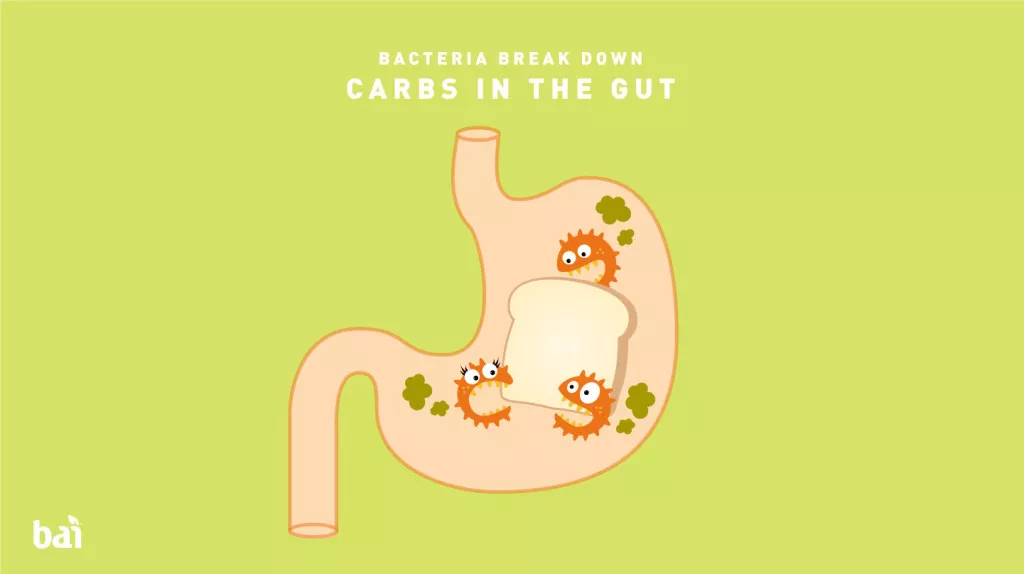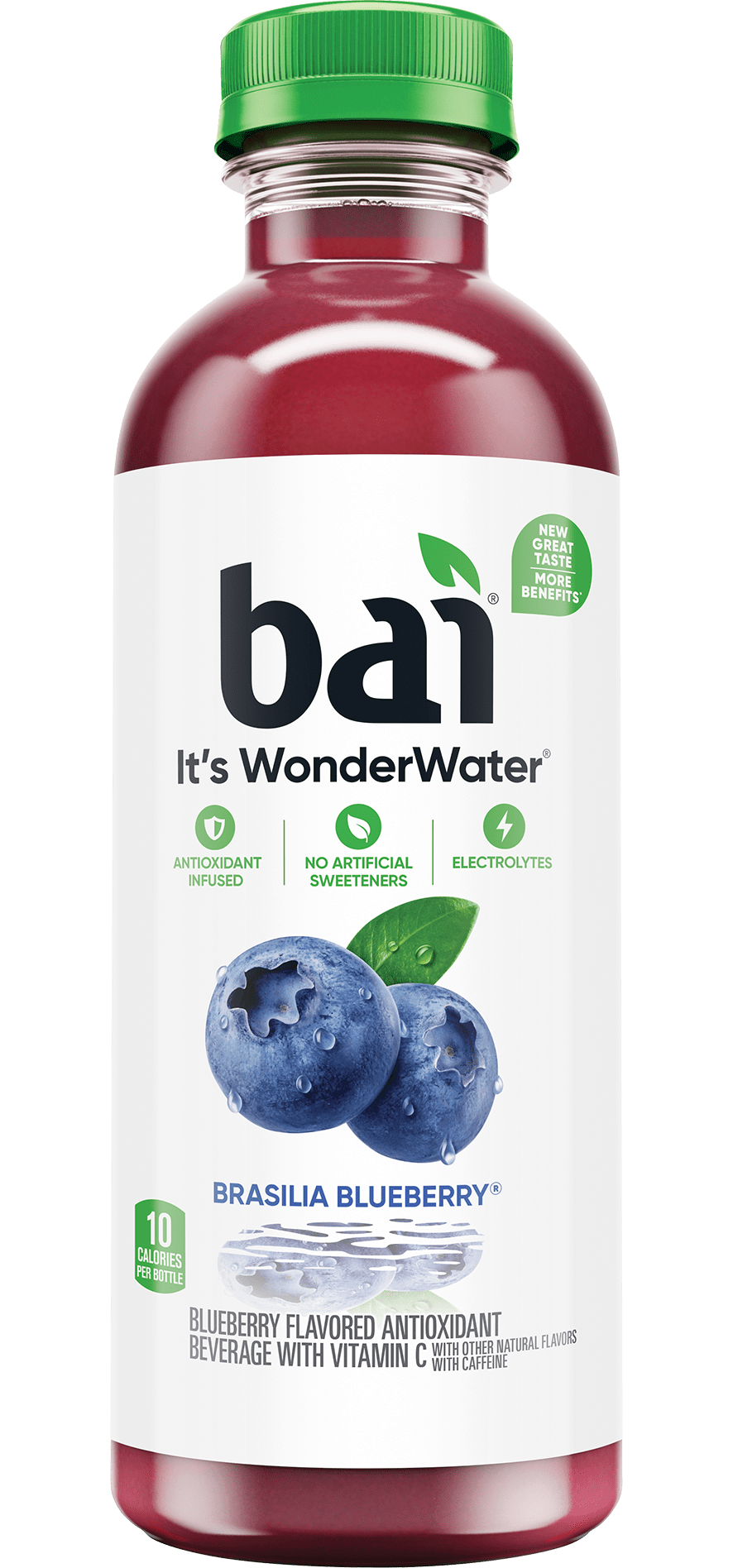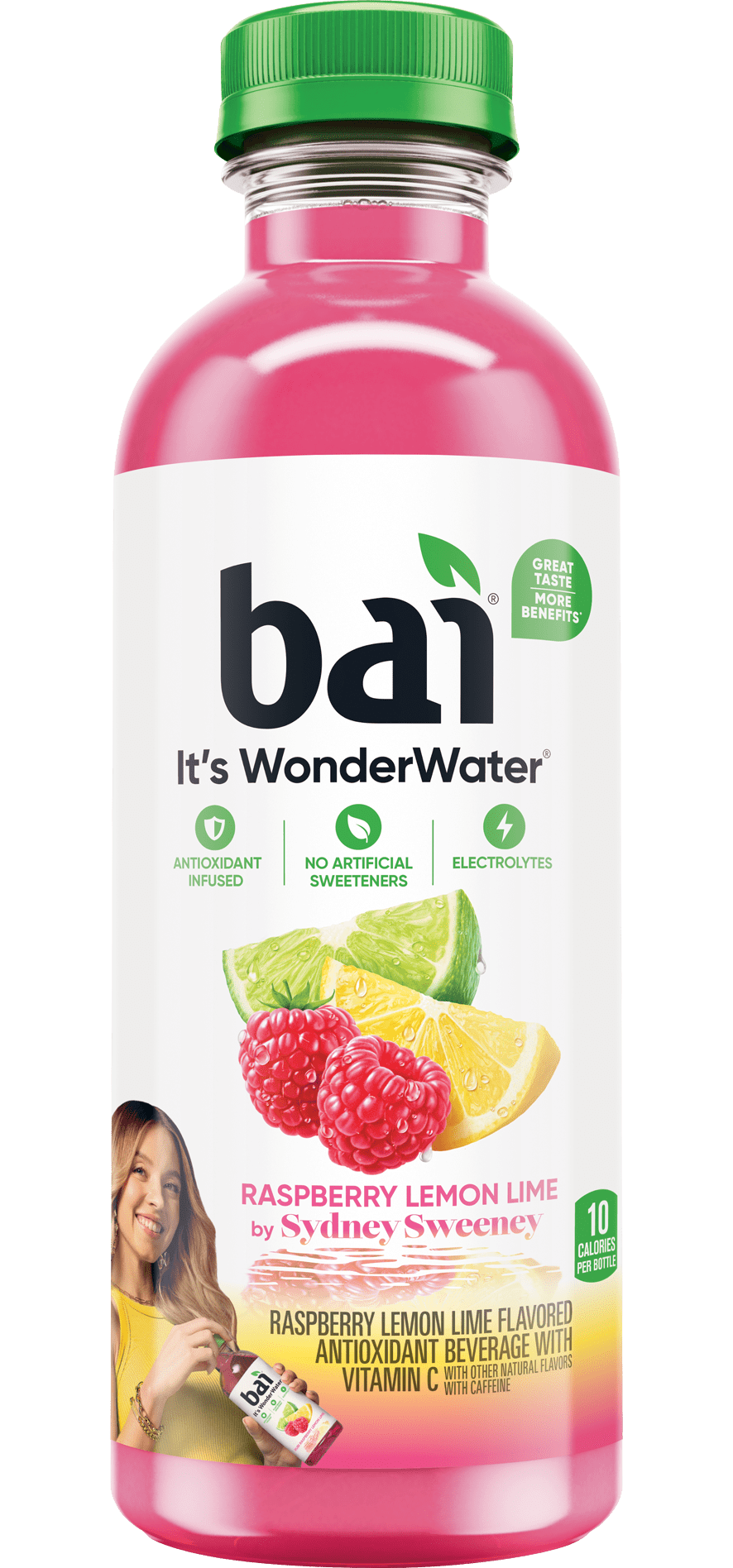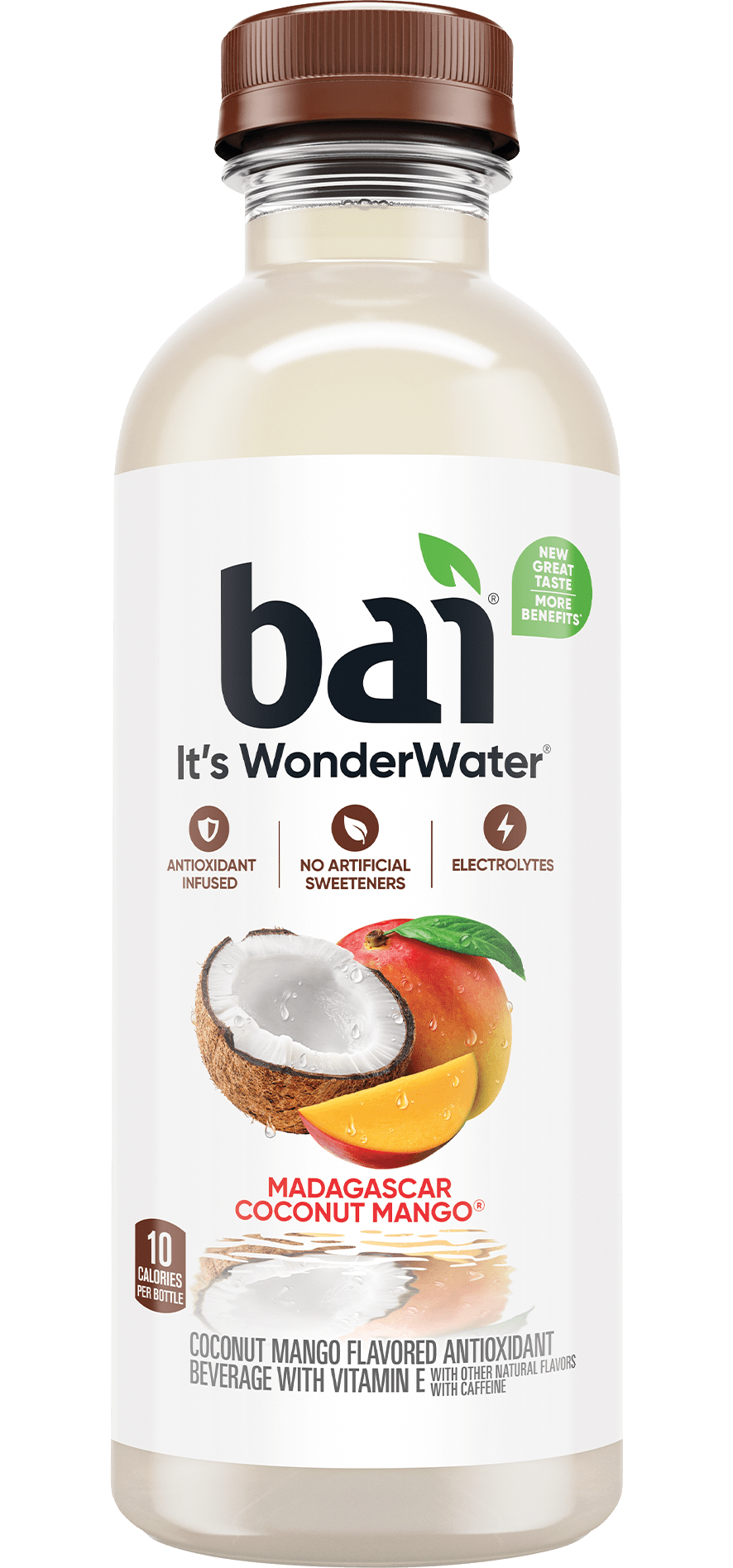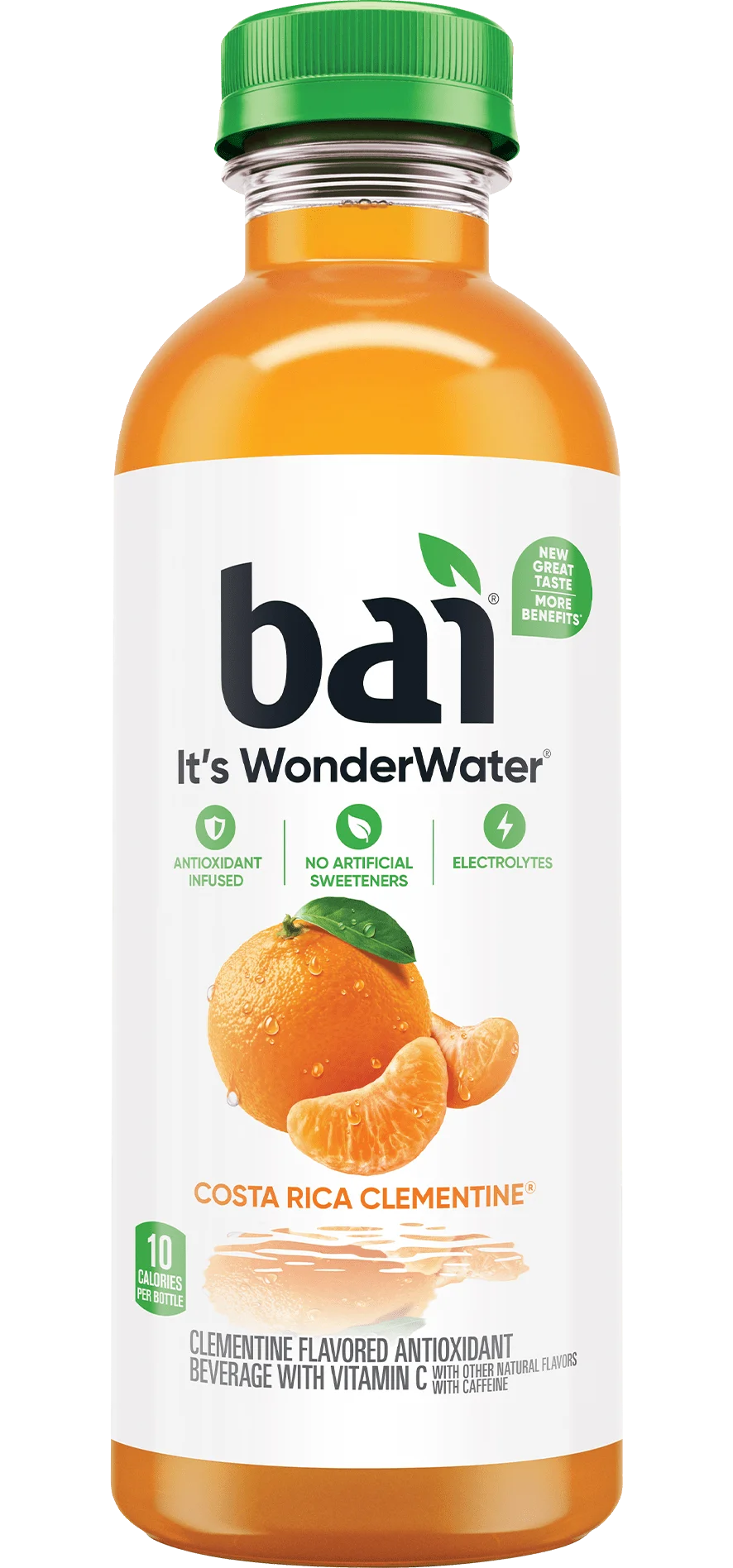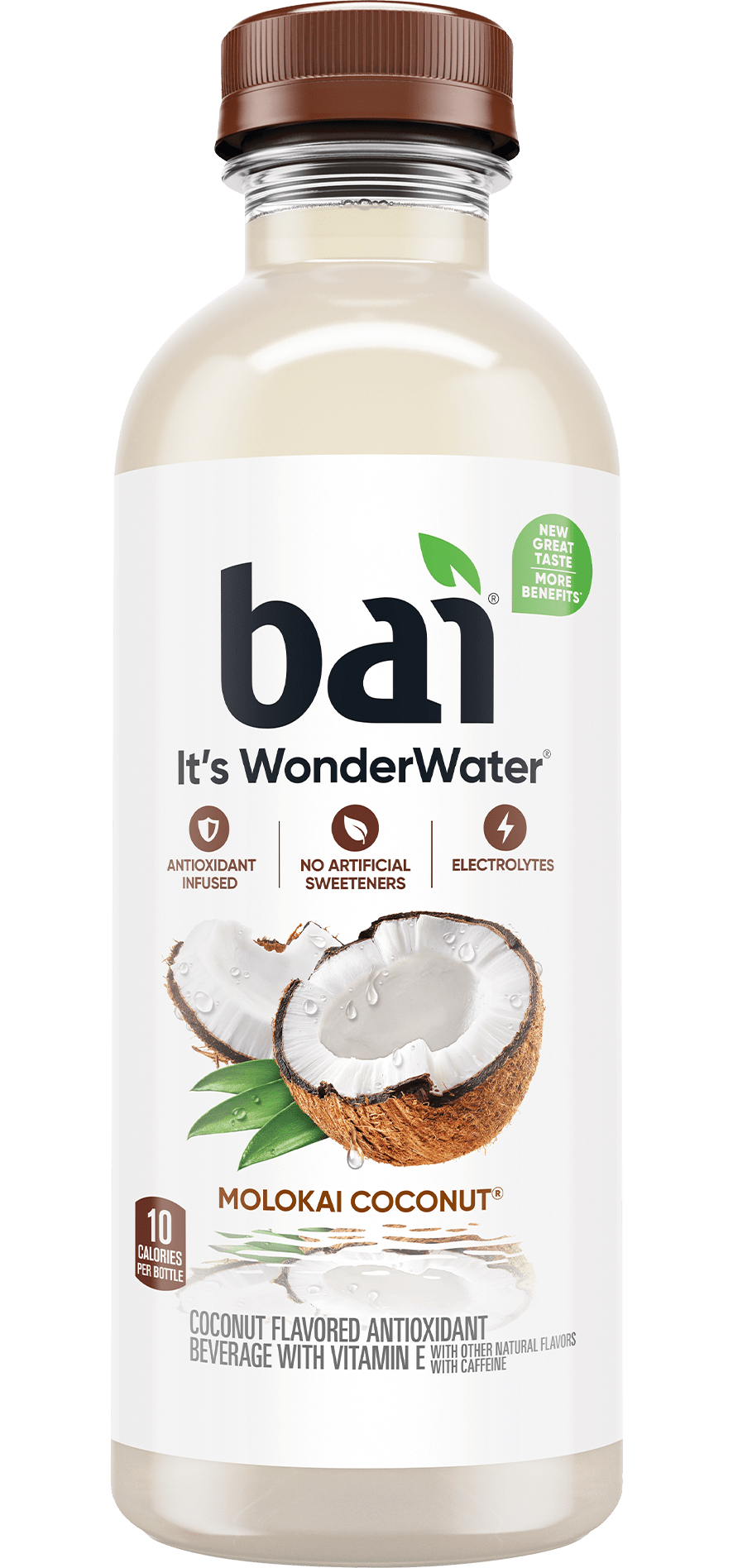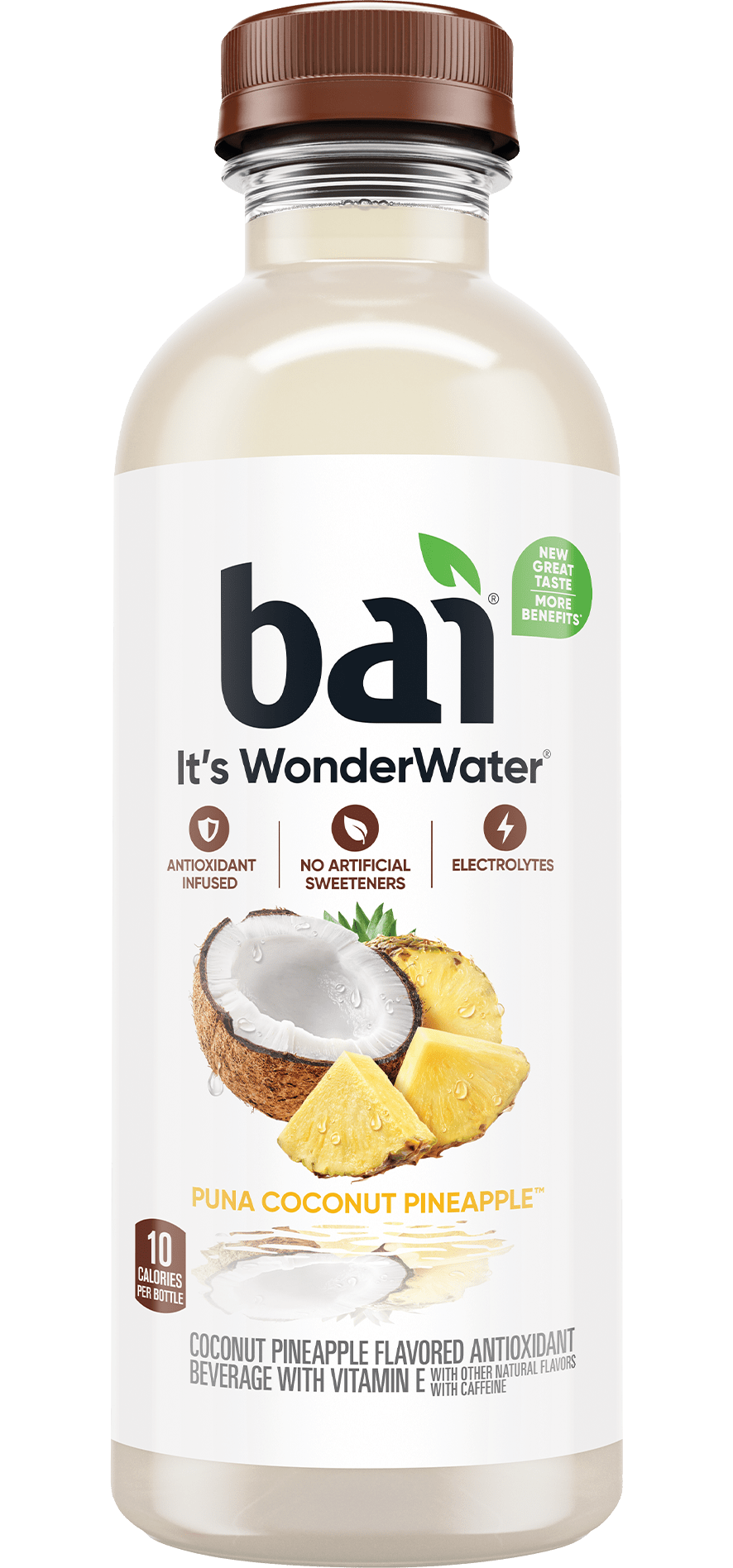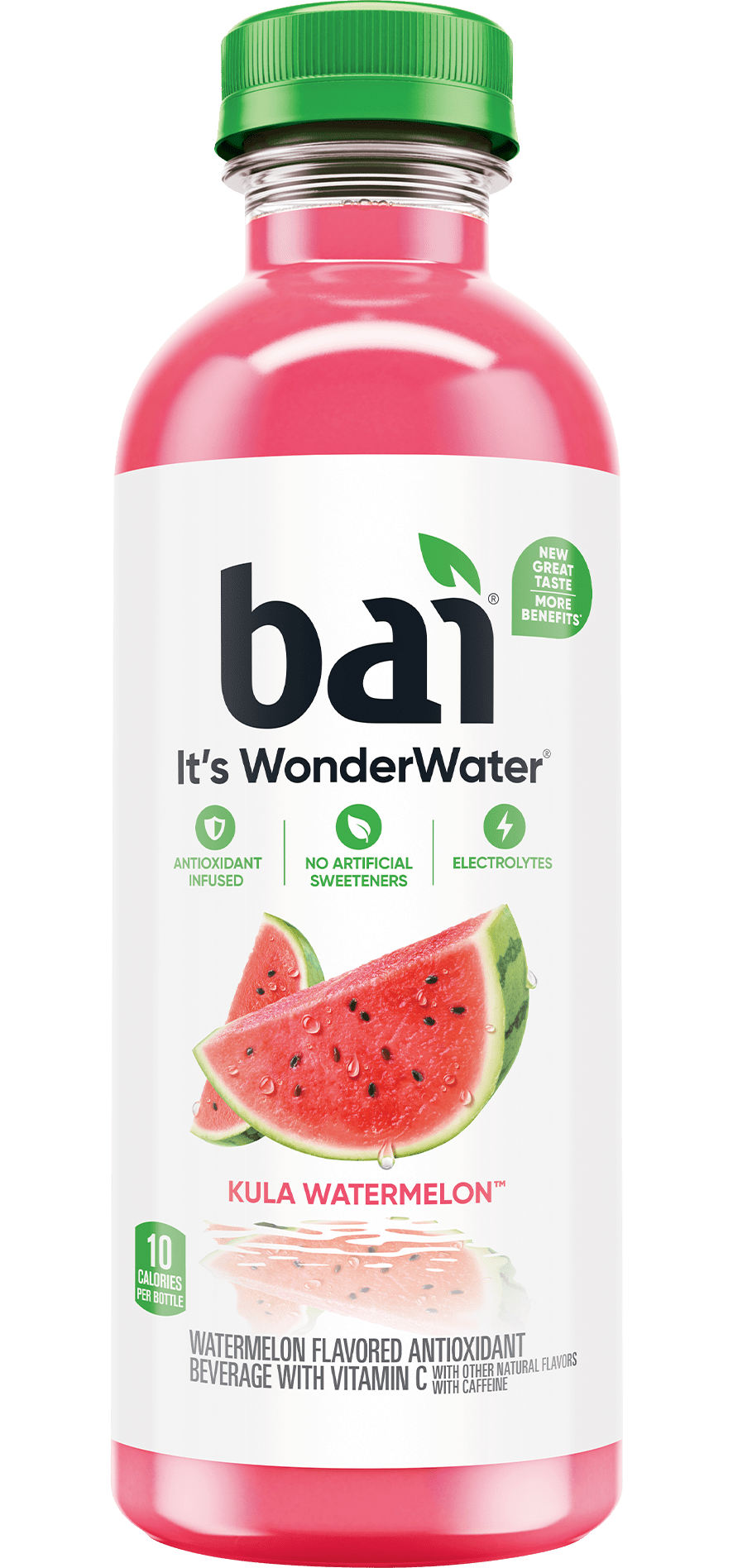Lately, the awareness and adoption of gluten-free diets is on the rise. But is gluten really bad for your health? Is going gluten-free good for your health? Can’t we all just get along?
The Lowdown on Gluten
While it’s true gluten is associated with high-carb foods, gluten itself is not a carbohydrate. It’s actually a protein found in wheat, barley, rye, and triticale, the lovechild of wheat and rye. Gluten is very elastic, so it allows dough to stretch without rupturing in the oven, giving you a good lookin’ loaf (and cookies and muffins and all that goodness). Since it works so well to improve texture, gluten is also sometimes added to products as a thickening agent. It can be found in salad dressings, deli meats, lip balms and even soaps. It’s quite a master of disguise. The 007 protein, if you will.
What It’s Like to be Glutintolerant
The most severe type of gluten intolerance is an allergy (an immune response to a protein). This is known as Celiac Disease. People who suffer from Celiac primarily experience inflammation and destruction of the intestinal lining from ingesting any amount of gluten. Some patients also endure allergic reactions elsewhere in the body if the gluten is absorbed into the bloodstream. However, Celiac only affects roughly 1% (3 million) of Americans.
A slightly more commonly diagnosed disease, known as Non-Celiac Gluten Sensitivity, can cause immune-related symptoms like headaches, drowsiness and fatigue. But NCGS doesn’t do a number on your intestines quite like Celiac does. Researchers agree, however, that much more research has to be done in order to understand how and when someone can be diagnosed. As of now, only roughly 6% of the American population is knowingly affected.
Despite the low numbers of people affected by some sort of gluten sensitivity, studies show that roughly ⅓ of Americans claim that they plan on adopting a gluten-free diet in the near future. So why is this?
Can Gluten-Free Help?
The gluten-free packaged food industry is currently booming due to all the chatter. Gluten-free versions of your favorite foods, however, may be more conducive to gaining weight than the gluten-containing product they’re modeled after. For example, gluten-free rice bread has a much higher glycemic index than your typical wheat bread because of the specific type of rice it uses to mimic wheat bread texture. Its high glycemic index means it has more of an effect on blood sugar and insulin responses, both of which play major roles in storing energy as fat. If it were true that just swapping out the flour in baked goods for a gluten free version made them healthy, we’d be having cookies for breakfast, lunch and dinner. But that’s not quite how it works.
For the most part, gluten-free diets can be considered healthy because of the gluten-containing foods they cut out. Since the major sources of gluten in the typical American diet are processed wheat products, the refined carbs and preservatives in their ingredient lists are therefore avoided by GF dieters. In turn, they’re replacing those calories with ones from whole food sources. Whole foods are unprocessed and are, for the most part, naturally gluten-free, like fruits and vegetables and unrefined grains like quinoa. It’s pretty intuitive to assume swapping out a 300 calorie plain bagel made with bleached flour for 300 calories of steel cut oats and berries in the morning is a sound nutritional choice. Nothing against bagels. We love them just as much as you do.
What’s Really Bugging You?
For the majority of the population, gluten will only potentially cause intestinal discomfort, usually in the form of bloating. As is the case with many dietary compounds, the breakdown of gluten in the intestines can lead to gas production. But research shows some specific carbohydrates found in the foods that also happen to contain gluten are the main bloat culprits. This class of carbs is fermented by healthy bacteria in the gut, a process that draws in water and releases gas– a double whammy in the bloat department (granted, nobody wants the bubble guts, but they won’t severely impact your health). If cutting glufoods out of your diet makes you feel better, it could be the nixing of these carbs that you really have to thank.
Many people who experience symptoms like fatigue, cloudiness, and joint pain often attribute them to gluten and their bodies’ inability to process it correctly. While this could be possible, it may be worth looking elsewhere for answers. If you are experiencing similar difficulties, think about your overall health. Do you get enough sleep? Are you under a lot of stress? Do you hydrate enough? Do you work out too much? Have you been bingewatching shows on Netflix for 30 hours straight? All of these aspects (and many others) of your daily routine could be contributing to the way you feel. Gluten could be a scapegoat, but it may not be what’s worth your attention.
Rather than focusing on avoiding gluten, make it a dietary priority to eat whole foods. If you’re looking for that delicious carby fill, have a serving of unrefined and fiberful quinoa or brown rice with dinner rather than processed pasta or rolls. Plus, putting your focus on eating foods that are good for your body, rather than avoiding ones that are bad for it, will help you view food in a positive light. Food’s meant to fuel you, your life and your passions, not to hold you back from them.

